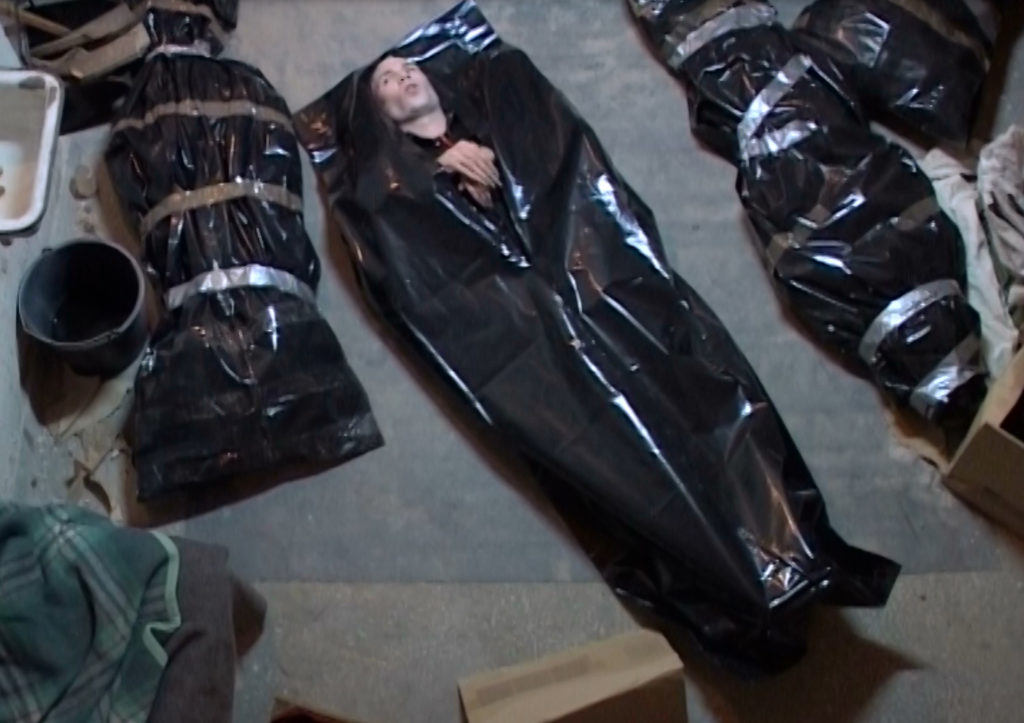born 1964 in Warsaw
In 1992, Malinowski graduated from the Warsaw Academy of Fine Arts and in 1997 – from the Mason Gross School of The Arts at Rutgers University, USA. He is an author of films, installations, sculptures, objects and photographs.
Since 2000 Malinowski has been making films in the fake document formula, thus creating a fictional alternative reality and studying the boundaries between truth and fiction in the film medium. The artist is systematic in his usage of the quasi-documentary style in which he himself undermines the logic of the plot he constructs. In his works Malinowski uses elements of other film genres, such as science-fiction or horror. The protagonists of the artist’s films struggle with challenges of a social nature, such as disability, solitude and alienation of an individual, the cult of the body or the corporate rat race.

Jacek Malinowski, Nosferatu. The Dictator of Fear. Part 2: Warschau, 2011, video, 34’
Warschau is the second part of the film installation Nosferatu. The Dictator of Fear. The role of the eponymous Nosferatu, who comes to Warsaw in search of real estate and victims, is played by Sean Palmer. Through his connotations with the 19th century novel Dracula by Bram Stoker and its famous film adaptations by Friedrich Wilhelm Murnau and Werner Herzog, the vampire became a Romantic figure, a symbol of evil that fascinates rather than terrifies. Yet, Malinowski introduces an entirely new perspective of evil, related to the Holocaust – “now I am a real monster,” says the protagonist having transformed into Adolf Eichmann. The dualism of the character who becomes a catalyst of atrocity makes an unambiguous reception of the work impossible, leaving the viewer uncertain as to what they are essentially confronted with.

Jacek Malinowski, Dictator/Stain/Attempt, 2017
The film is complemented by a two-winged altarpiece. Eighteen photographs feature Sean Palmer in different incarnations – amidst preparations to the role. The “stain” in the title of the work is a birthmark on the protagonist’s skull, which lends him a pathological and ominous look. In the context of the film’s content, the form of the traditional retable becomes a symbolic altar built for the cult of evil.


